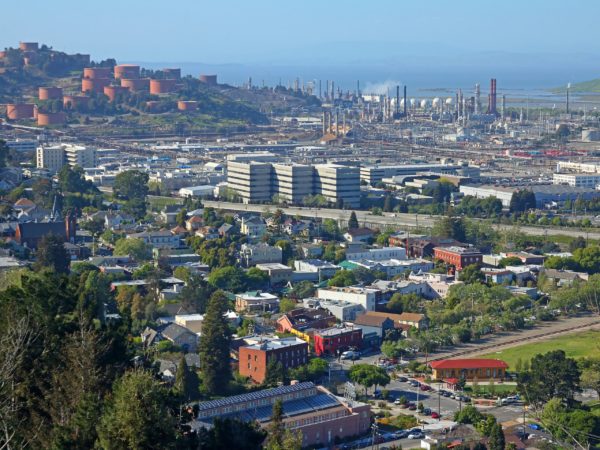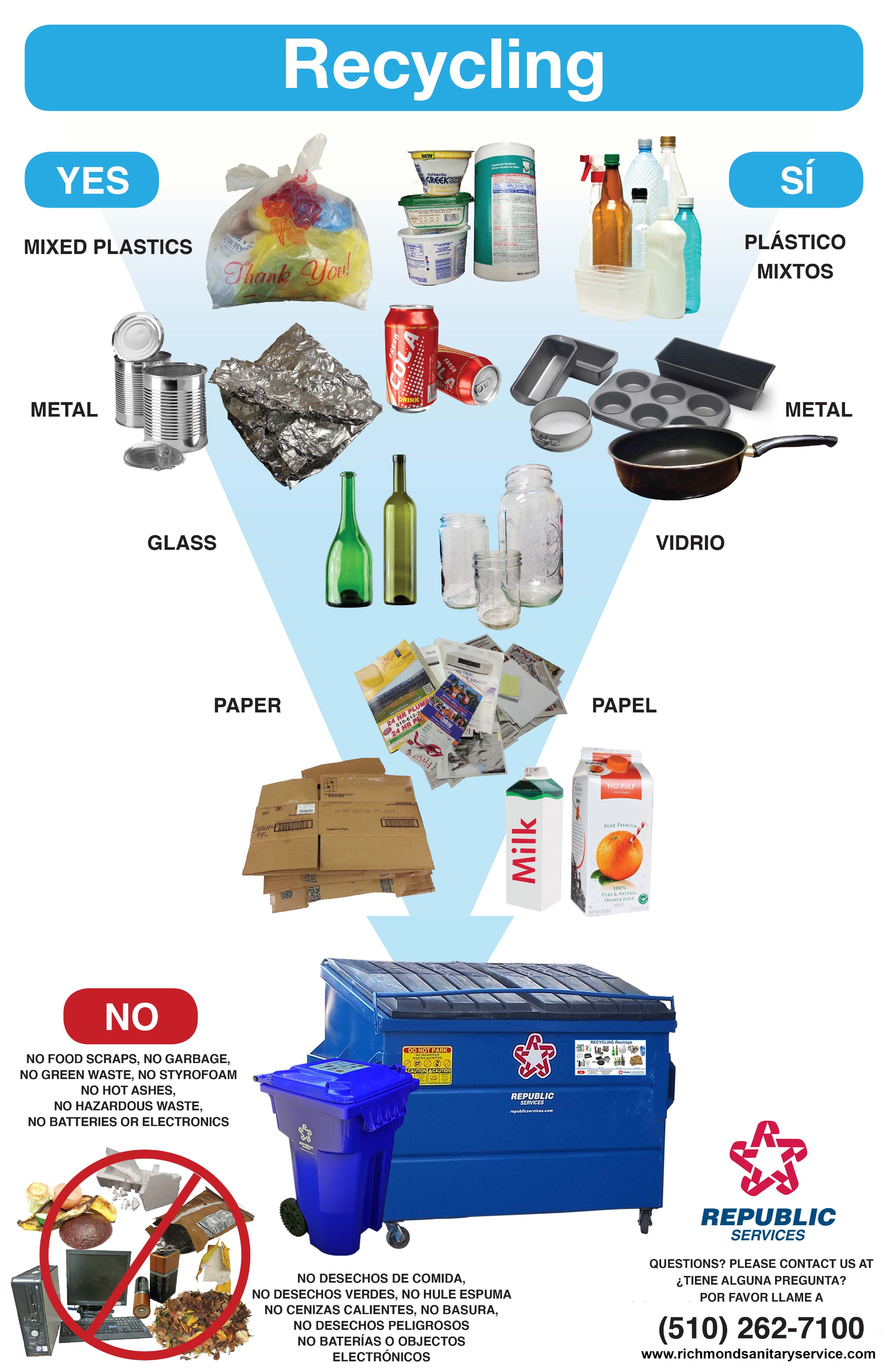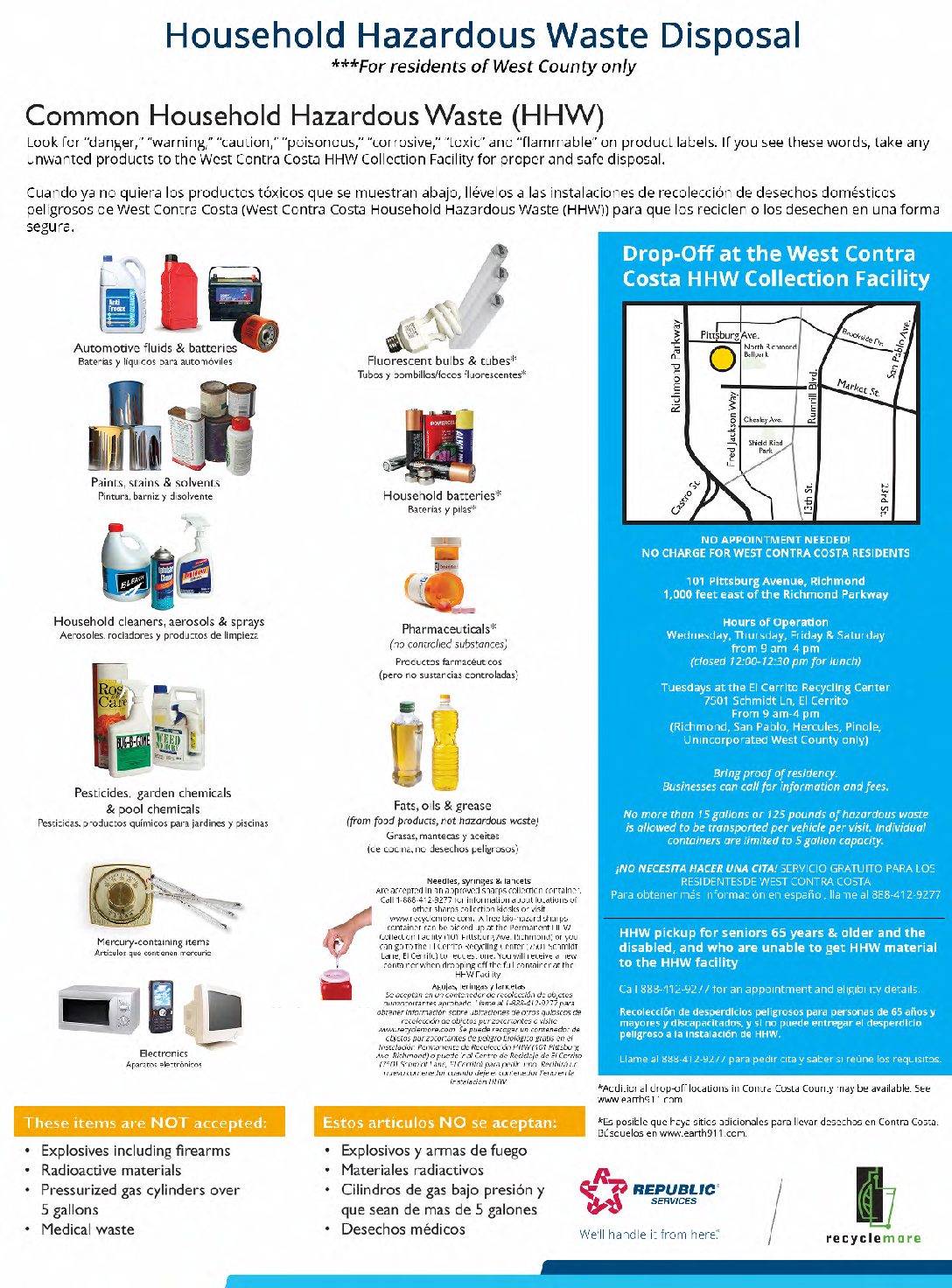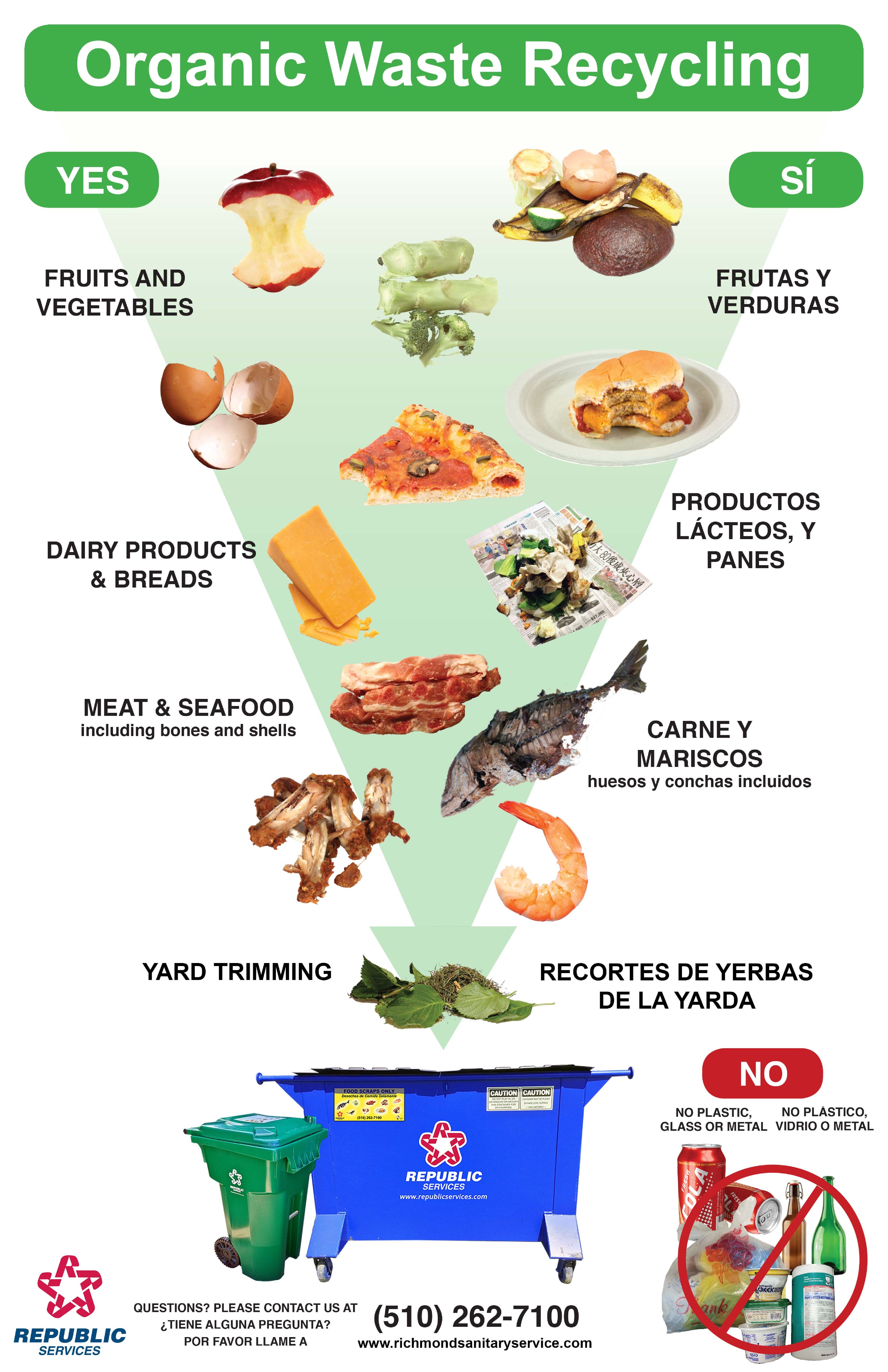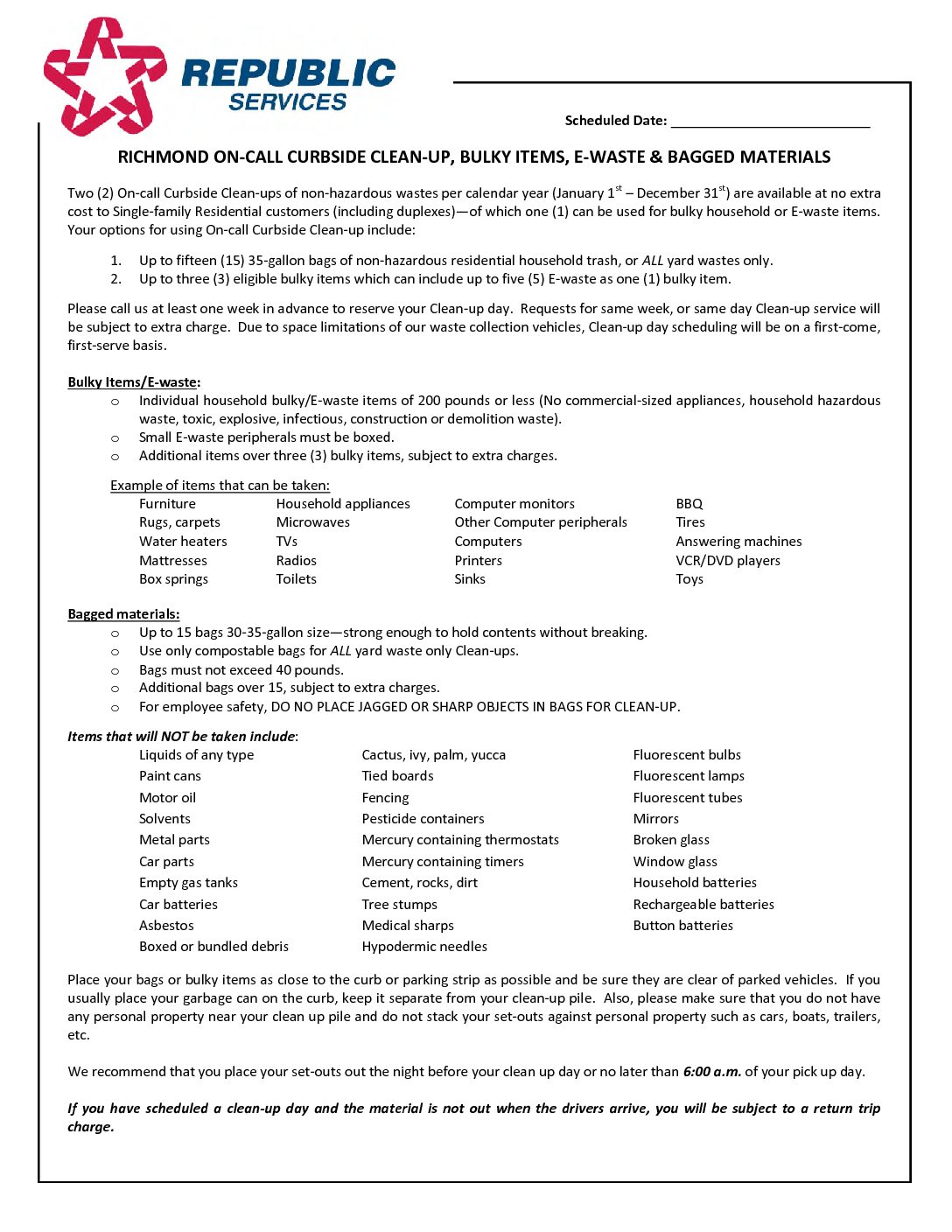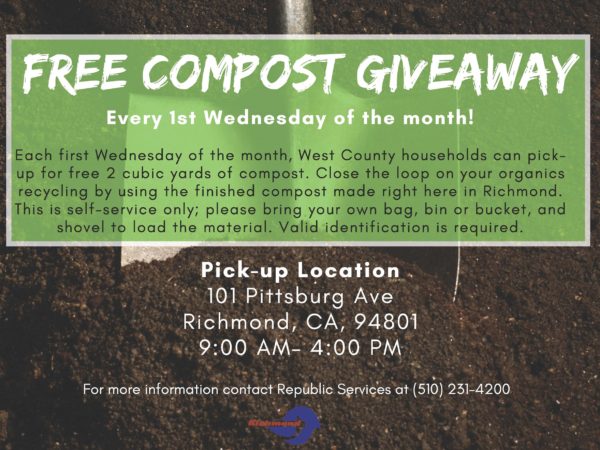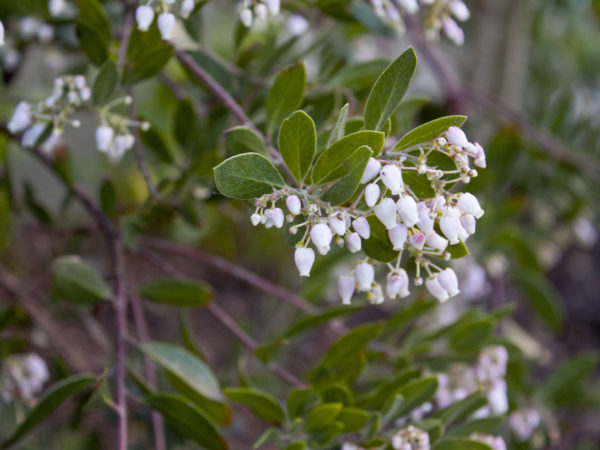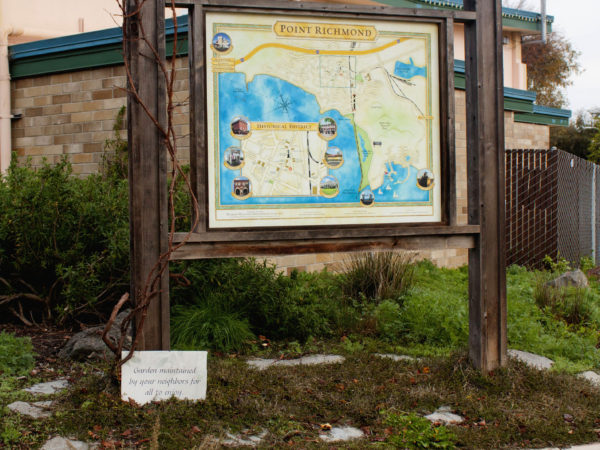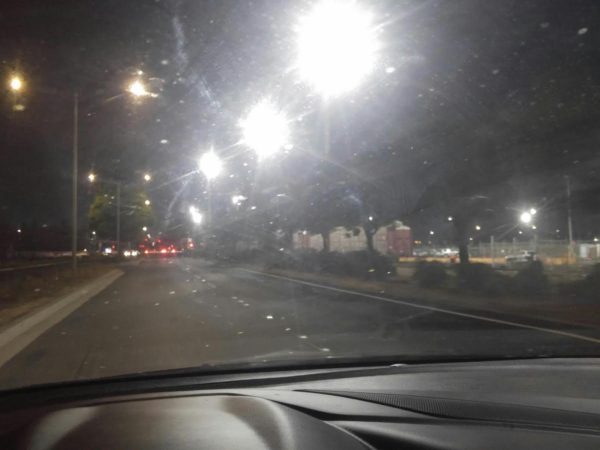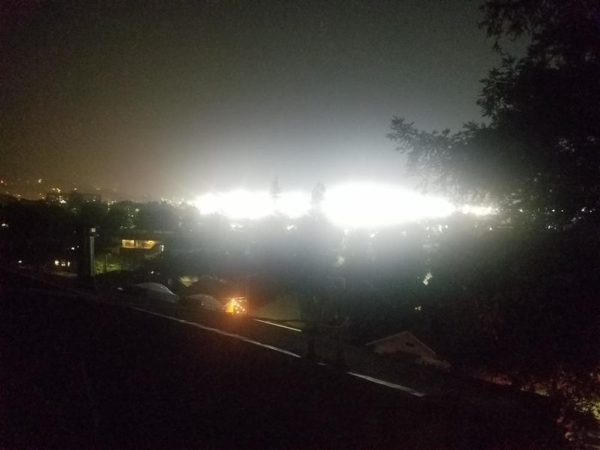Responsible Gardening
Invasive Plants
Invasive plants threaten native species and ecosystems and abatement of invasive species is expensive. The city of Richmond has designated certain plants as invasive exotic species, including some popular garden plants such as ice plant, fountain grass, English Ivy, fennel, and pampas grass. For a full list of invasive exotic species, see RMC 9.50.040. Properties where these plants are not controlled in a garden setting may be designated a nuisance and the owner may be required to abate the nuisance or pay for city abatement. For the full ordinance related to invasive plants, see RMC 9.50.010 et seq.
Pesticides and Herbicides
Pesticides and herbicides should be used thoughtfully and carefully to avoid harm to our ecosystems, including native birds, insects, and mammals; honeybees; and watersheds. The Audubon Society produces a guide on the responsible use of pesticides. Pest management in the garden can sometimes be achieved with other methods. The sale of glyphosate (an active ingredient in Roundup and other herbicides) is banned within the city, and the Richmond Municipal Code prevents its use on city property. The city’s Integrated Pest Management Ordinance is at RMC 9.48.010 et seq.
City of Richmond Street Tree Program
Street trees provide valuable shade, wildlife habitat, and beauty to our neighborhood. The city of Richmond has a street tree program, through which a resident may request a street tree in front of his or her home. The requesting resident is responsible for the care of the tree, but the city provides pruning services. You may fill out an application for a street tree on the city’s website.
Visit Local Native Gardens
The Hurlbut Tennis and Garden Park surrounds the Plunge at the corner of East Richmond Avenue and Garrard Boulevard.
The Point Richmond Map Garden is a native garden located in downtown Point Richmond, next to the fire station.
The Regional Parks Botanic Garden within Tilden Park in Berkeley, was founded in 1940 and is dedicated to the collection, growth, display, and preservation of the native plants of California.
Each year, volunteer local residents open up their native gardens for tours with the Bringing Back the Natives Garden Tour.
Native Garden Resources
The Watershed Nursery, located in Point Richmond on Canal Boulevard, offers native plants from Contra Costa and surrounding counties.
Annie’s Annuals, located on Market Avenue in Richmond, offers a wide variety of native plants from around the state.
The Native Here Nursery, located in Tilden Park, is a non-profit nursery that specializes in plants grown from seed and cuttings collected in Alameda and Contra Costa Counties and is dedicated to growing plants for restoration of park lands and gardening projects.
The Oaktown Native Plant Nursery, located in Berkeley, specializes in native plants.


